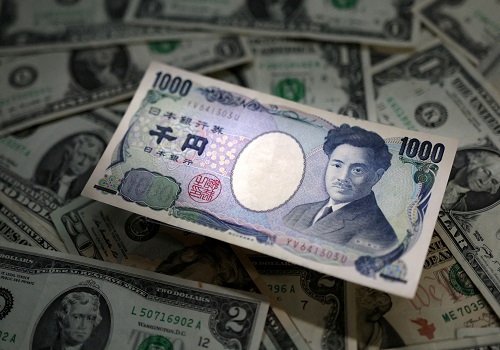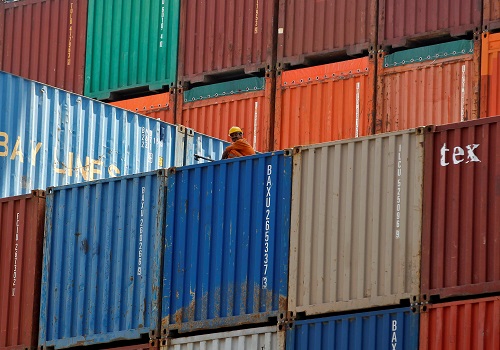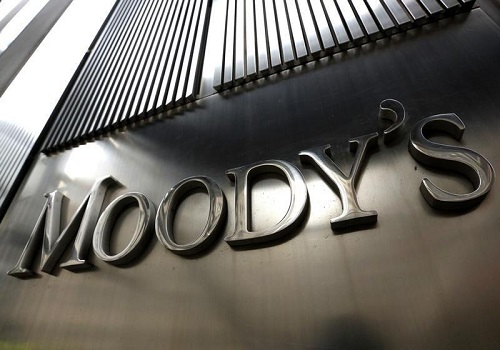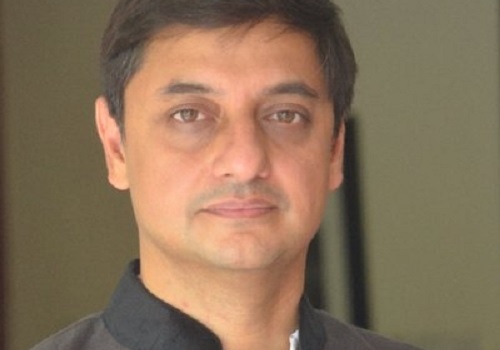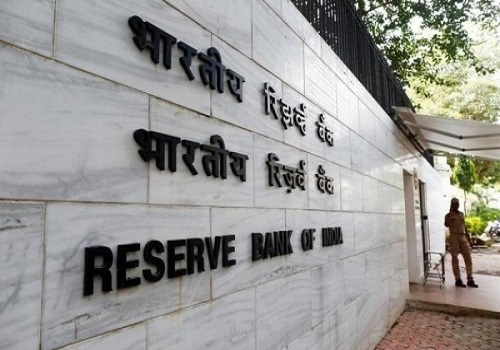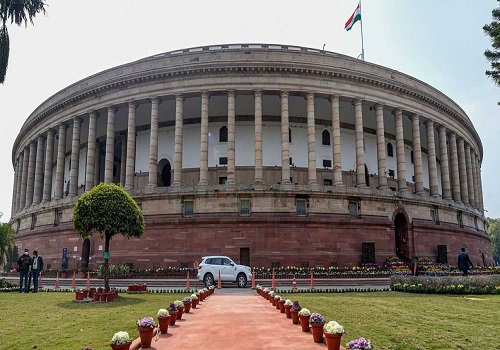The Economy Observer: Household financial savings plunged in 1HFY23 : Poles apart By Motilal Oswal Financial Services
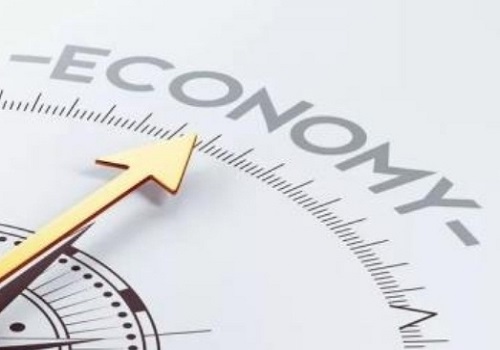
Follow us Now on Telegram ! Get daily 10 - 12 important updates on Business, Finance and Investment. Join our Telegram Channel
https://t.me/InvestmentGuruIndiacom
Download Telegram App before Joining the Channel
Household financial savings plunged in 1HFY23…
…while physical savings continued its robust trend
* Higher inflation can impact an economy in numerous ways! Weakening consumption is the most common outcome of high inflation. However, with consumption growth remaining robust over the past few quarters (fueled by pent-up demand and K-shaped recovery), household (HH) financial savings appears to have been hurt severely, thus pulling HH total savings down drastically in 1HFY23.
* Our calculations suggest that HH net financial savings (NFS) plunged to a three-decade low of about 4.0% of GDP in 1HFY23, from 7.3% of GDP in FY22 and Covid-led 12.0% of GDP in FY21. Within financial savings, the decline was broad-based. Currency holdings were negligible, bank deposits dropped and investments in equities/debt were lower. Gross financial savings (GFS) were just ~9% of GDP in 1HFY23, v/s 10-12% in the past decade (and ~16% of GDP in FY21).
* Notwithstanding lower GFS, HH financial liabilities (FL) picked up to 5% of GDP in 1HFY23, led by banks. Therefore, our estimates suggest that HH debt jumped 15.2% YoY and stood at 36% of GDP in 2QFY23 v/s 36.8% of GDP in FY22E.
* Physical savings, however, continued its robust trend and stayed broadly unchanged at 11.7% of GDP in 1HFY23. Accordingly, HH total savings declined to just 15.7% of GDP in 1HFY23, the lowest in three decades (v/s ~20% of GDP in the previous five years).
* Overall, we hope that such decline in HH NFS is temporary and it will revert towards 7-8% of GDP over the next few quarters. However, this means that consumption growth will ease once again resulting in slower economic growth. Alternatively, if HH savings continue to fall like this or fail to pick up, it will tend to hurt investments and/or will lead to widening of external pressures.
India’s inflation has averaged 7.2% YoY in 1HFY23, following 5.8% in the prior two years. Although it is not as severe as in the developed nations, it is definitely higher than the targeted range of 2-6%. Higher inflation can impact an economy in numerous ways. Weakening consumption is the most common outcome of high inflation. However, nominal private final consumption expenditure (PFCE) has remained extremely strong over the past few quarters (led by pent-up demand and K-shaped recovery) and posted a 29% YoY growth in 1HFY23, following 17% growth in FY22. Consequently, PFCE has increased to almost a two-decade high of 61.4% of GDP in 1HFY23 (Exhibit 1).
To Read Complete Report & Disclaimer Click Here
For More Motilal Oswal Securities Ltd Disclaimer http://www.motilaloswal.com/MOSLdisclaimer/disclaimer.html SEBI Registration number is INH000000412
Above views are of the author and not of the website kindly read disclaimer


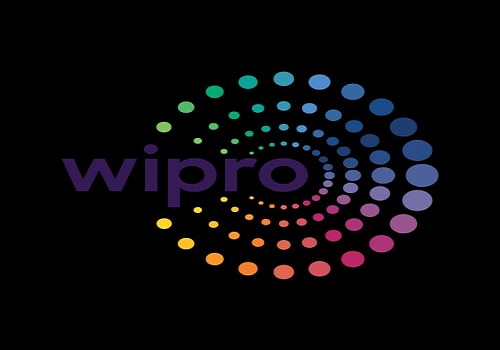



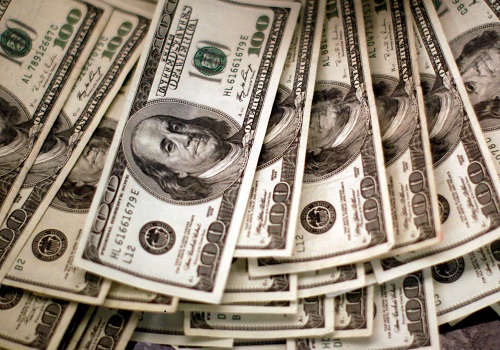


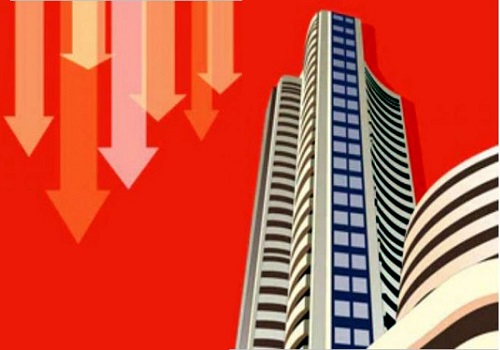
Tag News

Monthly Debt Market Update, September 2023: CareEdge Ratings





